The art of maximizing a whole chicken has been practiced for centuries across cultures, yet the modern kitchen often overlooks its potential. A single bird can yield multiple distinct meals when approached with intentionality—transforming humble poultry into a symphony of textures and flavors. This philosophy of "whole-bird utilization" goes beyond frugality; it’s a creative challenge that rewards the cook with depth and variety.
At the heart of this approach lies the carcass—the often-discarded skeleton that holds surprising richness. Simmered gently with aromatics, the bones release collagen and marrow, creating a broth that forms the foundation of countless dishes. A well-crafted chicken stock carries the essence of the bird, its golden hue hinting at the depth within. This liquid becomes far more than a base; it’s a culinary asset that elevates everything from risottos to sauces, storing beautifully for future use.
The breast meat presents both opportunity and challenge—its leanness demands careful treatment. When sliced against the grain and cooked swiftly, these pale cuts transform into tender morsels perfect for stir-fries or salads. The key lies in avoiding overcooking; a brief marinade or brine can safeguard against dryness. For those seeking bolder flavors, shredding cooked breast meat allows it to absorb spices and sauces, becoming the star of tacos or sandwiches. Even the slightest trimmings find purpose when folded into chicken salad or blended into pâté.
Leg quarters offer entirely different possibilities with their higher fat content and connective tissue. The drumsticks and thighs respond beautifully to prolonged, indirect heat—their skin crisping while the meat beneath becomes fork-tender. Whether marinated in yogurt and spices before roasting or glazed with honey and mustard during the final minutes of cooking, these cuts forgive timing mistakes that would ruin leaner meat. The rendered fat from roasted chicken legs becomes another kitchen treasure, perfect for frying potatoes or enriching vegetables.
The wings and back—frequently dismissed—contain pockets of flavor waiting to be unlocked. When roasted until caramelized, then simmered into stock, they contribute both body and complexity. Wing tips in particular contain high gelatin content, making them invaluable for creating unctuous mouthfeel in sauces and soups. Even the skin, when removed and crisped separately, becomes a garnish that adds textural contrast to composed dishes.
This approach to chicken butchery requires nothing more than a sharp knife and willingness to experiment. The process itself becomes meditative—separating joints along natural lines, feeling for cartilage seams, and appreciating how each section serves different culinary purposes. What begins as a whole bird gradually reveals its multiple personalities: the delicate, the robust, the unctuous, and the crisp—all waiting to be expressed through appropriate techniques.
Modern meal preparation benefits tremendously from this methodology. A Sunday spent breaking down and cooking a chicken yields components that streamline weekday cooking. The stock becomes soup or cooking liquid for grains; the shredded meat tops salads or fills omelets; the roasted legs reheat beautifully for quick dinners. This systematic approach reduces waste while increasing variety—a rare combination in contemporary cooking where convenience often overshadows resourcefulness.
The environmental impact shouldn’t be overlooked either. Utilizing an entire bird means fewer animals are required to feed a household, reducing the carbon footprint associated with poultry production. Every simmered bone and repurposed scrap represents a small but meaningful act of sustainability. When multiplied across countless kitchens, this conscientious approach could significantly impact food waste statistics without demanding sacrifice—only creativity.
Flavor development reaches new heights when working with multiple preparations simultaneously. The fond from roasted legs deglazed with homemade stock creates pan sauces with remarkable depth. Shredded breast meat absorbs the aromatic qualities of the same stock when used for poaching. Components prepared separately but served together—like crisp-skinned thighs alongside a velvety soup made from their bones—create dining experiences that showcase the chicken’s full range.
This philosophy extends beyond technique into mindset—viewing ingredients as complex resources rather than single-use items. A chicken ceases to be just "dinner" and becomes instead a week’s worth of meals, each expressing different aspects of the same source material. The cook gains not just practical benefits but a deeper connection to the food itself, understanding its structure and potential at the most fundamental level. In an era of pre-cut parts and boneless skinless options, this holistic approach feels almost revolutionary—yet it’s simply a return to thoughtful, resourceful cooking.
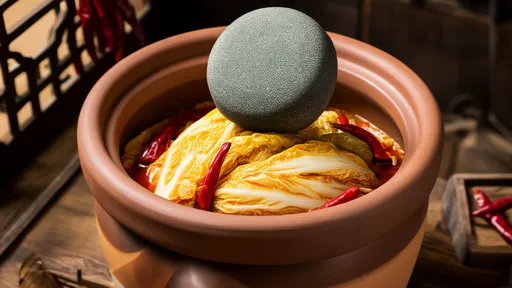
By /Jul 31, 2025
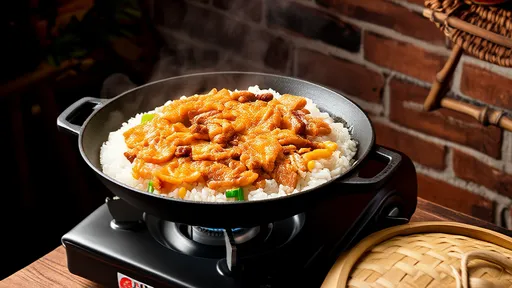
By /Jul 31, 2025
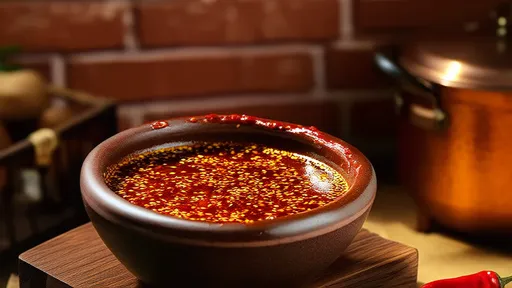
By /Jul 31, 2025

By /Jul 31, 2025
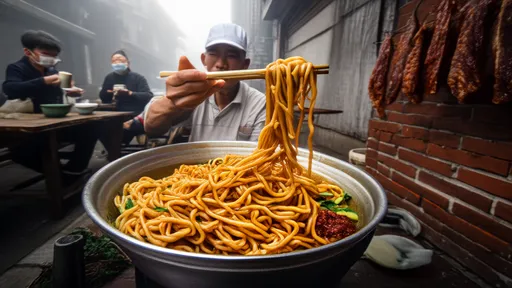
By /Jul 31, 2025

By /Jul 31, 2025

By /Jul 31, 2025

By /Jul 31, 2025

By /Jul 31, 2025

By /Jul 31, 2025
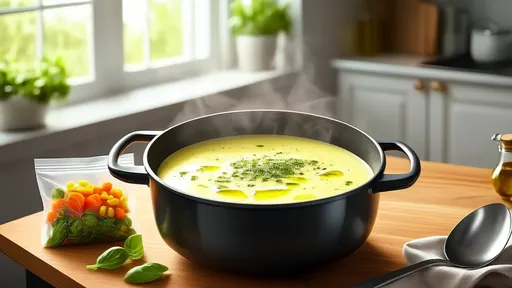
By /Jul 31, 2025
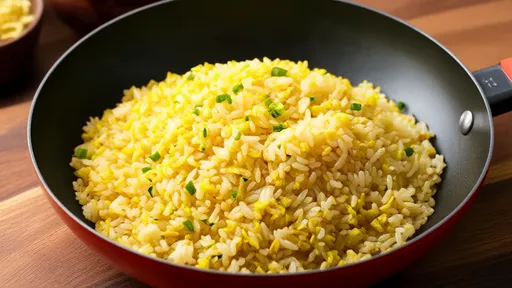
By /Jul 31, 2025
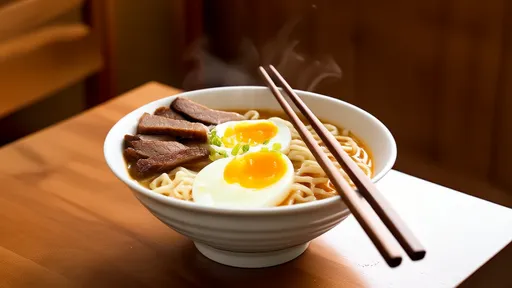
By /Jul 31, 2025
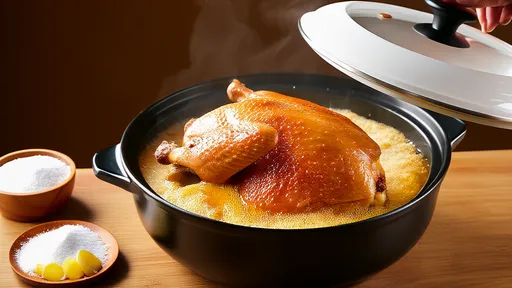
By /Jul 31, 2025
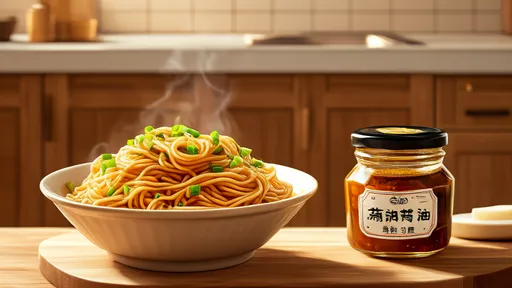
By /Jul 31, 2025
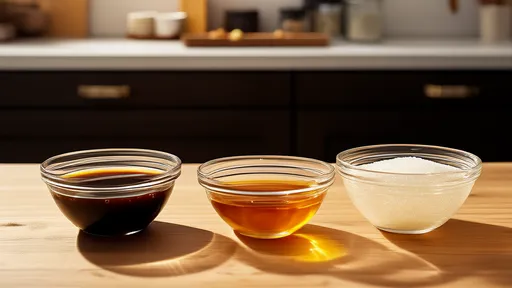
By /Jul 31, 2025
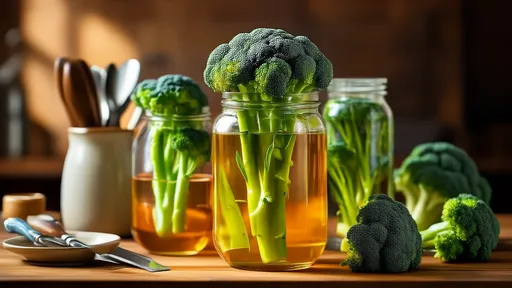
By /Jul 31, 2025
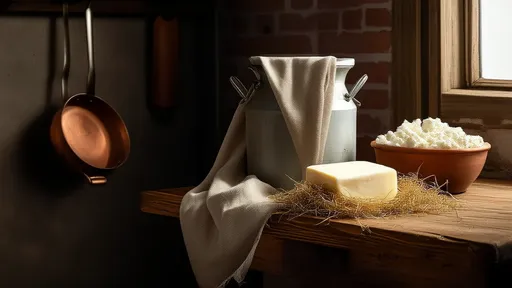
By /Jul 31, 2025

By /Jul 31, 2025
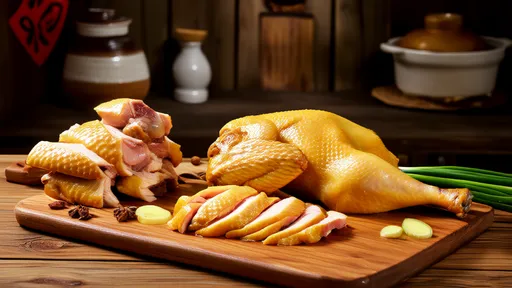
By /Jul 31, 2025